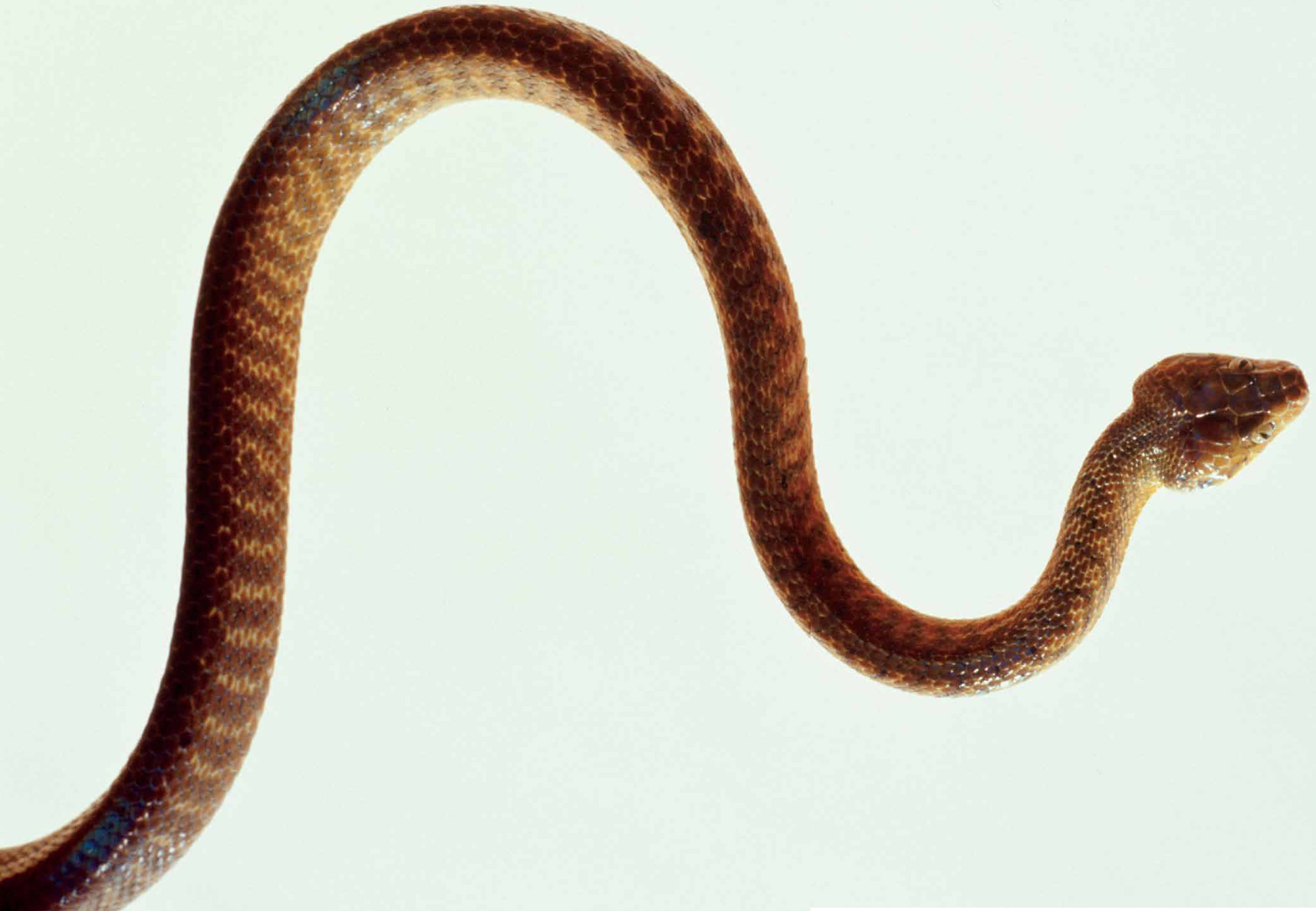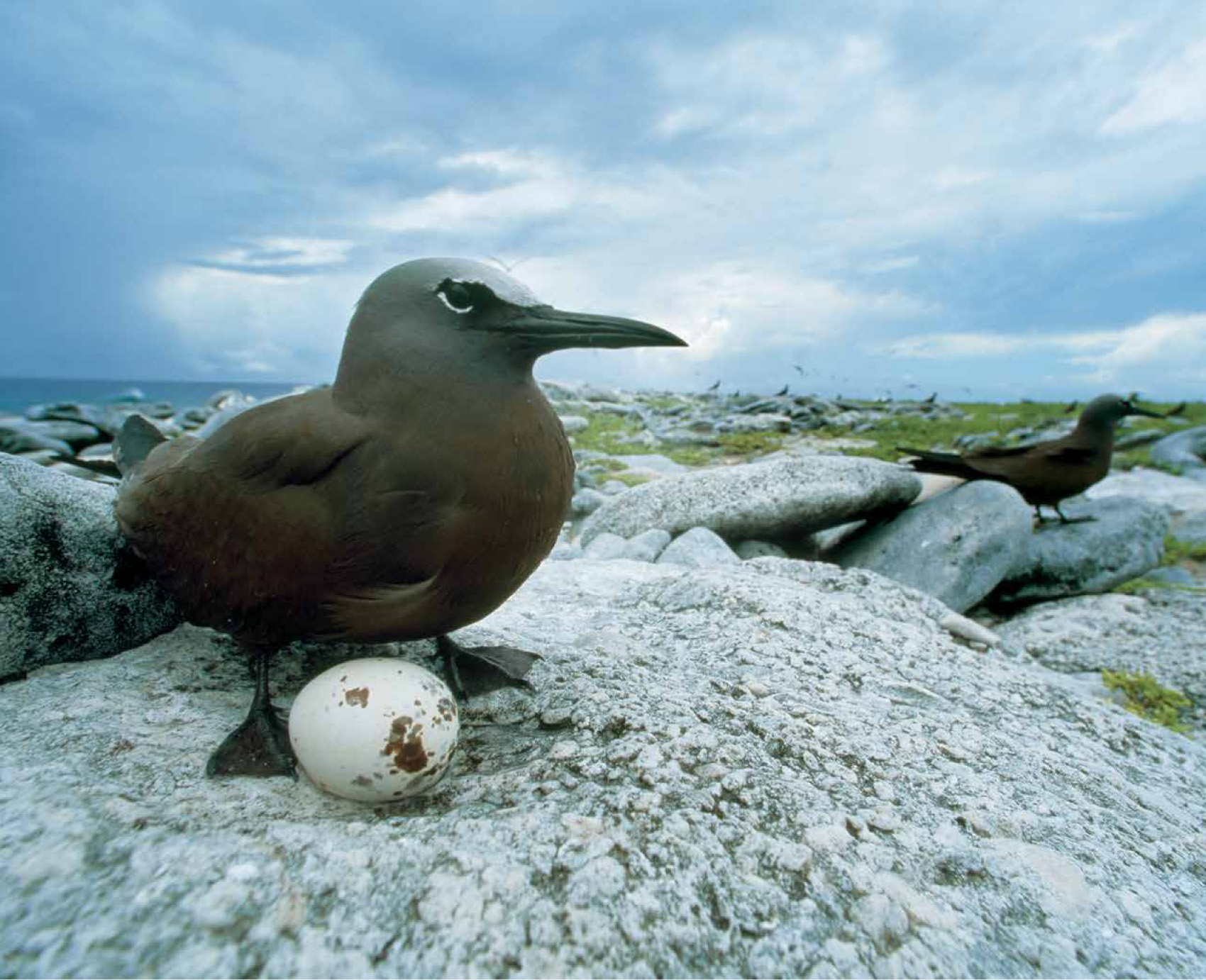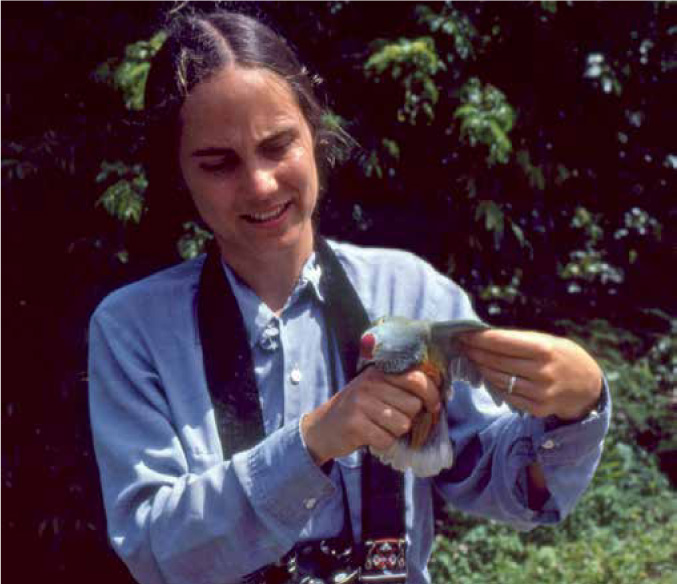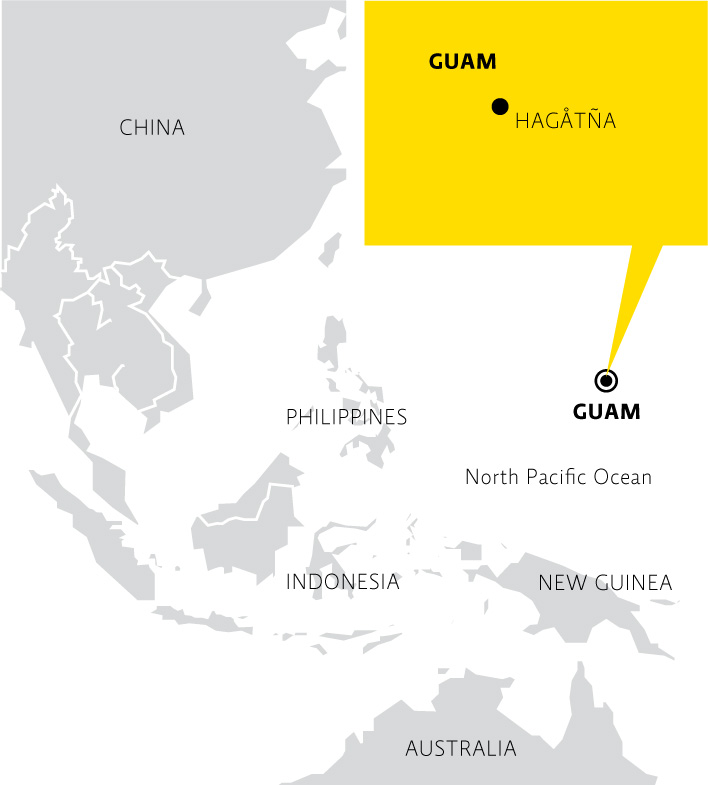10.1 Finding the missing birds of Guam
| CHAPTER 10 | EVOLUTION AND EXTINCTION |
A TROPICAL MURDER MYSTERY
166
167

CORE MESSAGE
The variety of life on Earth is a result of natural selection favouring those individuals within populations that are best able to survive in their particular environment. Given enough time, some populations may be able to adapt to environmental changes. Extinction is a natural part of this process, as less adapted populations are eliminated by better competitors or are lost due to natural disasters. Human activities can introduce changes so quickly that some populations of other species cannot adapt fast enough to survive, and may go extinct.
GUIDING QUESTIONS
After reading this chapter, you should be able to answer the following questions:
 What is evolution and how does natural selection allow populations to adapt to changing environments?
What is evolution and how does natural selection allow populations to adapt to changing environments? What factors other than natural selection influence the evolution of a population?
What factors other than natural selection influence the evolution of a population? Why do some scientists say that we are currently in the middle of the “sixth mass extinction”?
Why do some scientists say that we are currently in the middle of the “sixth mass extinction”? What are the main factors currently contributing to the endangerment of species?
What are the main factors currently contributing to the endangerment of species? How do humans mimic the mechanisms of natural selection for their own purposes? What are some common misconceptions about evolution?
How do humans mimic the mechanisms of natural selection for their own purposes? What are some common misconceptions about evolution?
168


169
Something bizarre began happening on Guam, the southernmost island in the Mariana island chain nestled halfway between Japan and New Guinea, in the late 1960s. The island (a U.S. territory), where once some 18 native avian species filled the tropical forests with song, became eerily quiet as the nation began losing its bird populations. By the early 1980s, four species of birds had gone extinct; the first documented loss was the Guam bridled white-eye, a small bird that flocked in tree canopies, feeding on nectar and small insects. Ten others were in danger of extinction. Worse, researchers and wildlife experts did not have a clue why they were dying.
In the United States, in the winter of 1980, biologist Julie Savidge was gearing up to begin Ph.D. work at the University of Illinois when she by chance attended a lecture in Redding, California, organized by the Wildlife Society. A biologist from Guam had been invited to talk about the islands’ bird disappearances, and he noted—rather grimly—that no one had yet solved the devastating mystery. Savidge was immediately enthralled. “I went up to him afterwards and said, ‘This sounds fascinating. Is there any way that I might be able to get out to Guam?’” Savidge recalls.
Two summers later, after much back-and-forth between Savidge and the Guam Division of Aquatic and Wildlife Resources, Savidge was hired to investigate the bird disappearances as part of her Ph.D. dissertation.
At the time, Guam’s scientists were convinced that diseases like blood parasites or pesticides were to blame for the avian losses. So Savidge began looking into those possibilities. But as soon as she started talking to Guam locals, she became skeptical of the idea. “When I would interview the natives, I’d be asking all these disease questions, and they’d say, ‘Why are you asking about this? The real problem is the snakes,’” she explains.
The locals were certain that brown tree snakes (Boiga irregularis), 1 to 2 metre-long, non-native snakes that had been accidentally introduced to the islands in military shipping cargo in the late 1940s and 1950s, were responsible for the birds’ demise. Non-native species that cause ecological, economic, or human health problems and are hard to eradicate are considered invasive species, and they can cause significant damage in areas they invade.
Oddly, Savidge’s research was starting to show that, in fact, diseases weren’t playing a factor in the bird deaths at all. When she and her colleagues sampled a variety of birds for bacteria, viruses, and parasites between 1982 and 1985, they found that the native birds were basically healthy. Curious about the tree snake hypothesis (an idea other scientists had dismissed), Savidge began to investigate, on her own time, whether these reptiles might be causing the extinctions. Surely it was something else—could a few snakes really obliterate a whole island of birds?
WHERE IS GUAM?

170